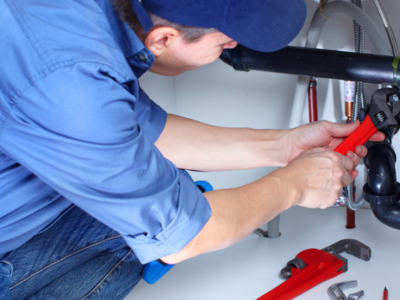In the fast-paced world of painting contracting, meeting project deadlines can often feel like an uphill battle. Contractors face a myriad of challenges, from shifting timelines and managing multiple crews to handling ever-evolving client expectations. Traditionally, many painting contractors have relied on manual scheduling methods such as spreadsheets, phone calls, and whiteboards. While these methods can work, they often lead to inefficiencies and inevitable delays. Fortunately, scheduling software offers a solution that can help ensure more projects finish on time, streamlining processes and enhancing overall efficiency.
The Pain Points of Manual Scheduling in Painting Projects
Manual scheduling may seem like a cost-effective way to organize painting projects, but it comes with its own set of challenges. One major issue is the frequent occurrence of double-booked crews and scheduling conflicts, which can derail even the best-laid plans. Inefficient resource allocation is another significant problem, often resulting in crew downtime and unproductive hours that could have been better utilized.
Moreover, last-minute changes are a common aspect of painting projects, yet manual methods often fail to communicate these effectively, leading to delays. Such setbacks not only strain client relationships but can also damage a contractor’s reputation due to missed deadlines. The lack of real-time updates and centralized management makes it difficult to adapt to changes swiftly, ultimately affecting the project’s timeline and the contractor’s bottom line.
How Scheduling Software Helps Painting Contractors
Centralized Scheduling Dashboard
A centralized scheduling dashboard is one of the most significant advantages of using scheduling software. It allows painting contractors to manage all jobs and crews from a single platform. This comprehensive view helps in effectively coordinating multiple projects, ensuring that no details are overlooked and that each crew is where they need to be, without conflicts.
Real-Time Updates
Scheduling software provides real-time updates, enabling contractors to adjust shifts and schedules instantly as priorities change. This feature is vital in the dynamic environment of painting projects, where unforeseen circumstances can arise at any moment. With workforce scheduling software, contractors can respond to changes quickly, ensuring that projects stay on track.
Mobile Access for Crews
In today’s mobile-driven world, having access to job details on the go is crucial. Scheduling software offers mobile access for crews, allowing painters to receive updates, job instructions, and changes no matter where they are. This ensures that everyone is on the same page, reducing the likelihood of miscommunication and errors.
Task Checklists & Job Tracking
Task checklists and job tracking features ensure accountability and consistent quality across all projects. Crews can mark tasks as completed, providing managers with a clear picture of progress and any potential issues. This transparency helps in maintaining high standards and meeting client expectations.
Optimized Resource Allocation
Optimized resource allocation is another critical benefit of scheduling software. By efficiently assigning the right crews to the right jobs, contractors can maximize productivity and reduce downtime. This strategic distribution of resources ensures that no crew is overburdened, and each project receives the attention it deserves.
Client Notifications
Keeping clients informed is key to maintaining strong relationships and ensuring satisfaction. Scheduling software facilitates client notifications, providing customers with estimated times of arrival (ETAs) and progress updates. This transparency builds trust and helps manage expectations, reducing the risk of misunderstandings or dissatisfaction.
The Business Benefits of Smarter Scheduling
Implementing smarter scheduling through software results in numerous business benefits for painting contractors. Firstly, more projects are completed on time, boosting the contractor’s reputation and setting them apart from competitors. Improved crew productivity and reduced downtime contribute to increased efficiency, allowing contractors to take on more projects without sacrificing quality.
Customer satisfaction is also enhanced when projects are completed as promised, leading to repeat business and word-of-mouth referrals. Ultimately, the use of painting contractor business software can lead to increased revenue, as contractors can manage a higher volume of projects with the same level of resources.
Why Painting Contractors Choose proteams.io
Many painting contractors opt for proteams.io because it is specifically built for service-based industries like painting. This platform combines scheduling, job tracking, client communication, and reporting, providing a comprehensive solution for managing painting projects. Its user-friendly interface makes it easy for both managers and crews to use, minimizing the learning curve and maximizing productivity.
As painting businesses grow from small operations to large multi-crew projects, proteams.io scales with them, ensuring that they have the tools needed to handle increased complexity and demand. This scalability makes proteams.io an ideal choice for contractors looking to future-proof their operations and maintain efficiency as they expand.
Conclusion
In conclusion, manual scheduling methods can slow down painting projects and negatively impact profitability. The challenges of scheduling conflicts, inefficient resource allocation, and poor communication are significant obstacles that can hinder project completion. However, proteams.io offers a modern solution that helps contractors finish more jobs on time and grow their business. By embracing digital scheduling tools, painting contractors can streamline operations, improve client relationships, and ultimately enhance their bottom line. If you’re ready to modernize your scheduling processes, consider adopting proteams.io to transform the way you manage your painting projects.


